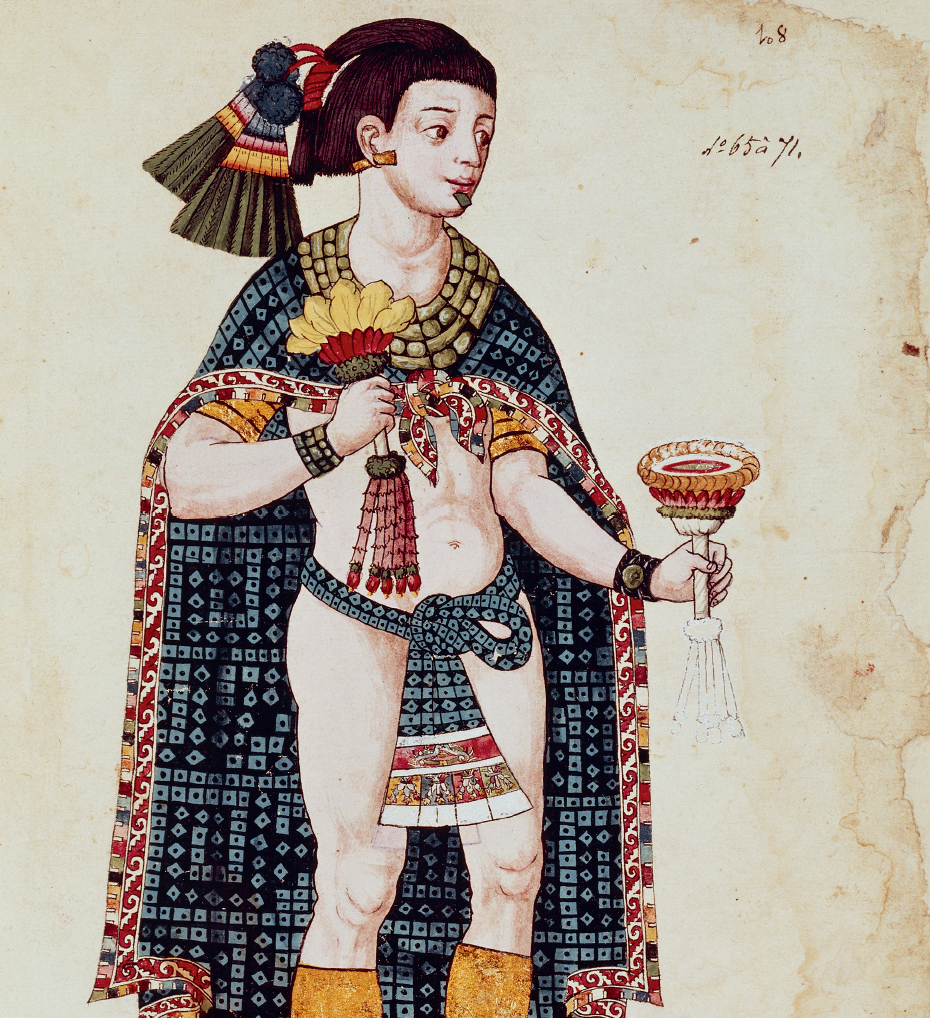Understanding World Societies:
Printed Page 454
Introduction for Chapter 16
16 THE ACCELERATION OF GLOBAL CONTACT 1450–
> What new global connections were forged in the fifteenth and sixteenth centuries? Chapter 16 examines the causes, course, and effects of European expansion in the fifteenth and sixteenth centuries. Before 1500 Europeans were relatively marginal players in a centuries-

LearningCurve
After reading the chapter, use LearningCurve to retain what you’ve read.
> CHRONOLOGY
| 1271– |
1519– |
| Marco Polo travels to China | Magellan’s expedition circumnavigates the world |
| 1443 | 1521 |
| Portuguese establish first African trading post at Arguin | Cortés conquers Aztec Empire |
| 1492 | 1533 |
| Columbus lands on San Salvador | Pizarro conquers Inca Empire |
| 1494 | 1571 |
| Treaty of Tordesillas ratified | Spanish establish port of Manila in the Philippines |
| 1518 | 1602 |
| Atlantic slave trade begins | Dutch East India Company founded |